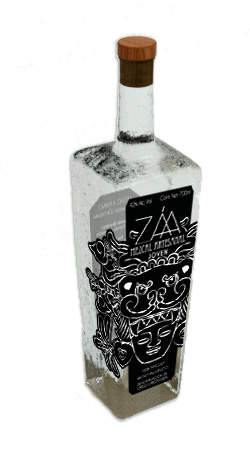"Biological and cultural heritage"
The diversity of mezcal in Mexico is a proof of all the biological diversity of the plant; this unique richness in the world must be protected as part of the biological and cultural heritage of our country. Thus, every human community that knows and works with it has the historical right to use it according to their own traditions, without forgetting, of course, to preserve its wild populations.
Wild agaves
Wild agaves grow in cliffs without the human hand taking part in the process until its harvest. Several wild species can be spread, but it is not common. Wild plants are generally very long-lived; their healthy growth with no human intervention for 10 to 30 years sums up their great value.
Oaxaca | México
Oaxaca has the largest biodiversity of agave in Mexico and in the world, reason why it is not strange that it is right there where most wild species are used. In the region of San Dionisio we can find different varieties of agaves. Th eones utilized to bring Zaá to life are plants that express themselves with a lot of complexity due to their nature and great life expectancy.

Our Mezcals
Our mezcal is traditionally elaborated, following the antique elders récipes and their variety of costumes, sucha as: harvesting at full moon performing a ritual using spices like rosemary, rue, basil and salt to cast away any evil energy before putting the cones in the oven.
Read MoreOur History
Záa is a Mexican project born form opposite personalities, outstanding professionals on their guild, mezcal lovers attracted to a same, common vision: the generation of value...
Read MoreSocial Support
We come from a colorful culture, full of joy, art and tradition that fill Oaxaca with magic. Being one of the Mexican states with the highest index of illiteracy and economic...
Read MoreEvents
Mezcal Zaa is ambassador of the best events of music, art and food. This section will mention all the events we will sponsor...
Read More
